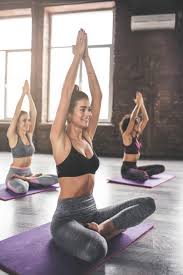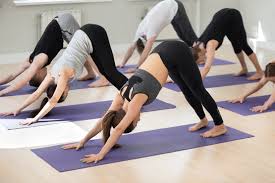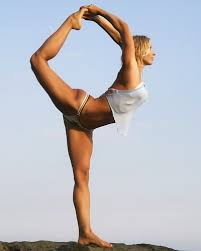Monthly Archives: February 2018
The purpose of yoga. Ashtanga Yoga Patanjali (part 3)
 Knowing yourself, you can also learn to understand other people, see what prevents them from being truly happy. This work is even more energetically powerful and more subtle than pranayama, as it affects the causes of the formation of personality, human ego. Therefore, one can engage in pratyahara only under the guidance of an experienced teacher who specializes specifically in working with the human ego.
Knowing yourself, you can also learn to understand other people, see what prevents them from being truly happy. This work is even more energetically powerful and more subtle than pranayama, as it affects the causes of the formation of personality, human ego. Therefore, one can engage in pratyahara only under the guidance of an experienced teacher who specializes specifically in working with the human ego.
Traps on the way. Trap Three – 5th Step, Pratyahara
People who are professionally engaged in the problems of egoism are very necessary and very important in our society, especially now. Unfortunately, such people are VERY few, and egoism has become a universal disease of mankind. Continue reading
The purpose of yoga. Ashtanga Yoga Patanjali (part 2)
 The importance of asanas in yoga practice
The importance of asanas in yoga practice
So, yoga classes begin with oneself, with one’s lifestyle and with a restructuring of one’s thinking. Yoga is primarily an internal individual work and there are no competitors in it, since only a person himself can show his life whether he is engaged in yoga or not. However, the third stage of yoga is asana, the use of various body positions. What are the different positions of the body used for? In order to enable the internal, hidden reserves of the human body. This step is used when the student subsequently wants to move on to more powerful internal practices. This stage is auxiliary, it helps to generate internal energy in order to subsequently safely and painlessly go to the next stages of yoga practice. In India, a ha-tha yoga system was invented for this purpose, in Tibet there is another, Tibetan yoga, there is also Chinese qi-gong gymnastics, which is also essentially a Chinese form of yoga. All kinds of martial arts came, in essence, from this source. Continue reading




